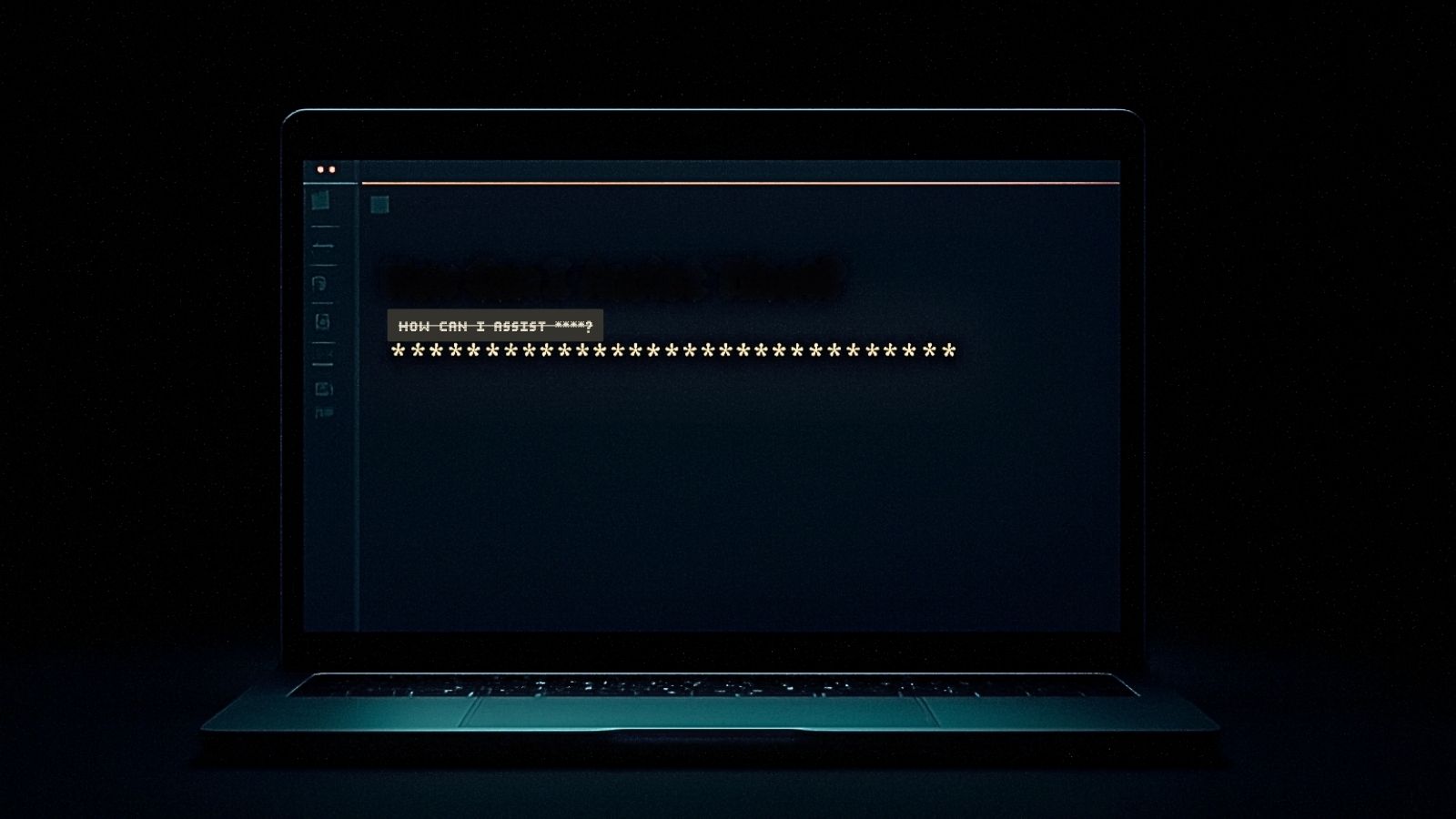
Russian State-Sponsored Threat Actors Exploit an Unpatched Cisco Vulnerability Globally, FBI Warns
- FBI warns: A cyber espionage operation targets critical infrastructure through systematic exploitation of unpatched network devices.
- What is vulnerable: Threat actors exploit SNMP and EOL network devices that have not patched a Cisco Smart Install flaw.
- Campaign attribution: The FBI stated the operation is handled by the Russian Federal Security Service.
The Federal Bureau of Investigation (FBI) stated it identified a sophisticated cyber espionage operation targeting critical infrastructure of U.S. and global entities through exploitation of Simple Network Management Protocol (SNMP) and end-of-life (EOL) networking devices running an unpatched flaw in Cisco Smart Install (SMI).
The campaign, attributed to the Russian Federal Security Service's (FSB) Center 16 unit, demonstrates advanced persistent threat capabilities focusing on long-term intelligence collection operations.
Campaign Overview and Attribution
Cisco Talos Intelligence researchers have designated this threat cluster as Static Tundra, based on a comprehensive analysis of attack patterns observed since 2015. The campaign represents a sub-cluster of the previously identified Energetic Bear group, and the FBI attributes it with high confidence to FSB Center 16 operations.
"This campaign reinforces recent threat research indicating that 40% of vulnerabilities exploited by threat actors in 2024 originated from 2020 or earlier, with 10% dating back to 2016 or earlier", said Mayuresh Dani, Security Research Manager at Qualys.
“Some exploited vulnerabilities even date back to the 1990s, demonstrating the extraordinary longevity of unpatched security flaws,” Dani added.
The network device vulnerabilities exploitation campaign primarily targets unpatched Cisco networking equipment running vulnerable SMI configurations (CVE-2018-0171). Smart Install enables a zero-touch deployment for new switches.
Intelligence analysis indicates the threat actors maintain a sophisticated understanding of network infrastructure protocols, developing bespoke tooling for persistent access establishment and configuration data exfiltration.
Cisco Talos assesses with moderate confidence that Static Tundra maintains operational overlap with historical activities, including the notorious SYNful Knock firmware implant deployment, which was documented in 2015.
Technical Attack Vectors and Exploitation Methods
Static Tundra operators systematically exploit CVE-2018-0171, a 7-year-old vulnerability in Cisco IOS software's Smart Install feature. Despite the availability of patches since 2018, threat actors continue to successfully exploit unpatched and EOL devices across global infrastructure networks.
The attack methodology involves the automated exploitation of SNMP services and legacy, unencrypted protocols. Threat actors leverage compromised SNMP "anonymous" and "public" community strings with read-write permissions, often exploiting insecure default configurations.
Following initial device compromise, Static Tundra establishes Generic Routing Encapsulation (GRE) tunnels for traffic redirection and NetFlow data collection.
The campaign demonstrates sophisticated persistence mechanisms, including modified TACACS+ configurations and access control list manipulation for long-term covert access maintenance.
Affected Sectors and Geographic Distribution
Intelligence assessments identify primary targeting of telecommunications, higher education, and manufacturing organizations across North America, Asia, Africa, and Europe.
According to Talos, campaign escalation occurred during the Russia-Ukraine conflict debut, with increased targeting of Ukrainian infrastructure entities across multiple vertical sectors.
Recently, the Norway counter-intelligence agency attributed a dam sabotage to Russian hackers, and a NYT report linked the Federal Court breach to Russia.
Critical Cybersecurity Measures and Mitigation Strategies
Organizations must implement immediate cybersecurity measures, including comprehensive CVE-2018-0171 patching protocols and disabling the Smart Install service for unpatchable systems.
”Organizations that continue to run end-of-life infrastructure are leaving doors open that sophisticated adversaries are eager to walk through,” said Ernest Lefner, Chief Product Officer at Gluware.
Infrastructure hardening requires aggressive monitoring of authentication logs, configuration change auditing, NetFlow analysis for volumetric anomaly detection, and disabling legacy Telnet protocols. Organizations should use Type 8 password encryption standards for local account credential configuration and Type 6 for TACACS+ key configuration.
“Vulnerability management SLAs must apply to the company's entire attack surface,” stated Trey Ford, Chief Strategy and Trust Officer at Bugcrowd.
“This FBI Alert underscores the importance of both maintaining a current inventory (knowing what's available to attackers) and how important continued vigilance of patching currency and configuration management remains until the devices is taken offline.”
Security recommendations shared by Dani include:
- Identify devices approaching or at EOL and create a replacement roadmap for these devices.
- Prioritize flaws affecting internet-facing or critical infrastructure devices.
- Periodically review essential settings
- Disable remote management completely
- Disable legacy SMI protocols and other insecure protocols such as SNMP v1/v2








